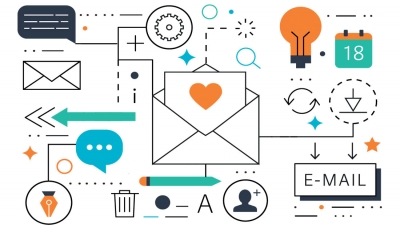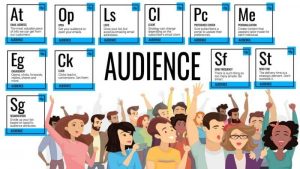
Transactional emails, also called triggered emails, are emails sent to an individual based on some action he/she has taken. Often, these are associated with e-commerce sites and purchases, but they also include any automated follow-up emails that are triggered by any website action, such as signing up for a newsletter or completing a form to gain access to an offer or download.
In fact, there are a lot of actions that can initiate a transactional email including:
- Email confirmations
- Password resets
- Username reminders
- Purchase receipts and invoices
- Abandoned cart emails
- Sign up confirmations
- Welcome emails
- Shipping/tracking update emails
Unfortunately, marketers often think little, if at all, about transactional emails, beyond delivering the necessary facts to the recipient. Worse, they are often plain text emails that were pre-written as part of an e-commerce solution or written by the IT or development department.
Alternatively, we invest a lot of time in crafting the perfect bulk email messages to nurture segmented leads, seeking ways to further engagement and conversion as well as relationships. We A/B test, we measure, and we refine in an attempt to improve performance and grow click and open rates.
But don’t our transactional emails deserve the same love, attention and measurement?
Good open rates for bulk emails range between 15% and 20%. But transactional emails can have “8x the open and engagement rate of traditional marketing emails,” according to Campaign Monitor. These emails contain information that a user is expecting and very interested in. Recipients may even interact with the email several times and save it to reference at a later date.
Transactional emails are a great opportunity to build trust and create more engagement and drive additional purchases.
Blend transaction-related content and marketing-related content
Transactional emails naturally contain highly personalized information based on a user’s action and contain useful information the user needs or wants. But they can also contain relevant links to other products, website pages or useful information based on the trigger action, driving the user right back to the website to complete more actions.
Transactional emails are also a great place for a call-to-action which might invite the user to share with friends or on social media or might ask the user to review a product purchased or customer service interaction.
These emails can also include cross-sell or upsell products based on previous purchases or include a coupon or offer toward another purchase or encourage a user to return to an abandoned cart.
However, as Hubspot cautions, when blending email content in transactional emails, consideration should be given to legislation in different countries. What might pass the American CAN-SPAM laws might not pass standards used to define an email as transactional.
Sending via an ESP
Transactional emails, unlike promotional emails, are typically sent via an e-commerce system or website, whereas promotional emails are likely delivered via an Email Service Provider (ESP) to improve deliverability and avoid any potential blacklisting issues.
Given the critical information contained in a transactional email, deliverability is of utmost importance. To improve deliverability and protect your domain reputation, transactional emails should also be sent via an ESP.
ESPs also offer email tracking and reporting tools. These will allow you to test the messaging and promotional content in an email but also monitor open rates on critical transactional emails and follow-up if necessary. Utilizing an ESP also gives more control to marketers, allowing them to more easily update the emails and massage the messaging instead of relying on an IT department or web development company to manage transactional emails sent via the website or other internal system.
Branding and User Experience
Transactional should use the same fonts, colors, imagery and voice as other marketing emails as well as the website from which they originated rather than plain text, generic, downright blah emails. Using the same templates as other promotional emails and digital assets allows you to deliver a consistent brand experience to users, which according to Forrester, is a prime contributor to establishing trust, which in turn drives loyalty and revenue.
Conclusion
Transactional emails should be given as much consideration as other promotional emails. With high open rates, these emails are a great opportunity to increase trust, engagement and conversions. As with all digital marketing tactics, they should be measured, tested and refined to produce the best results and work harder for your business.
Digital & Social Articles on Business 2 Community(63)








